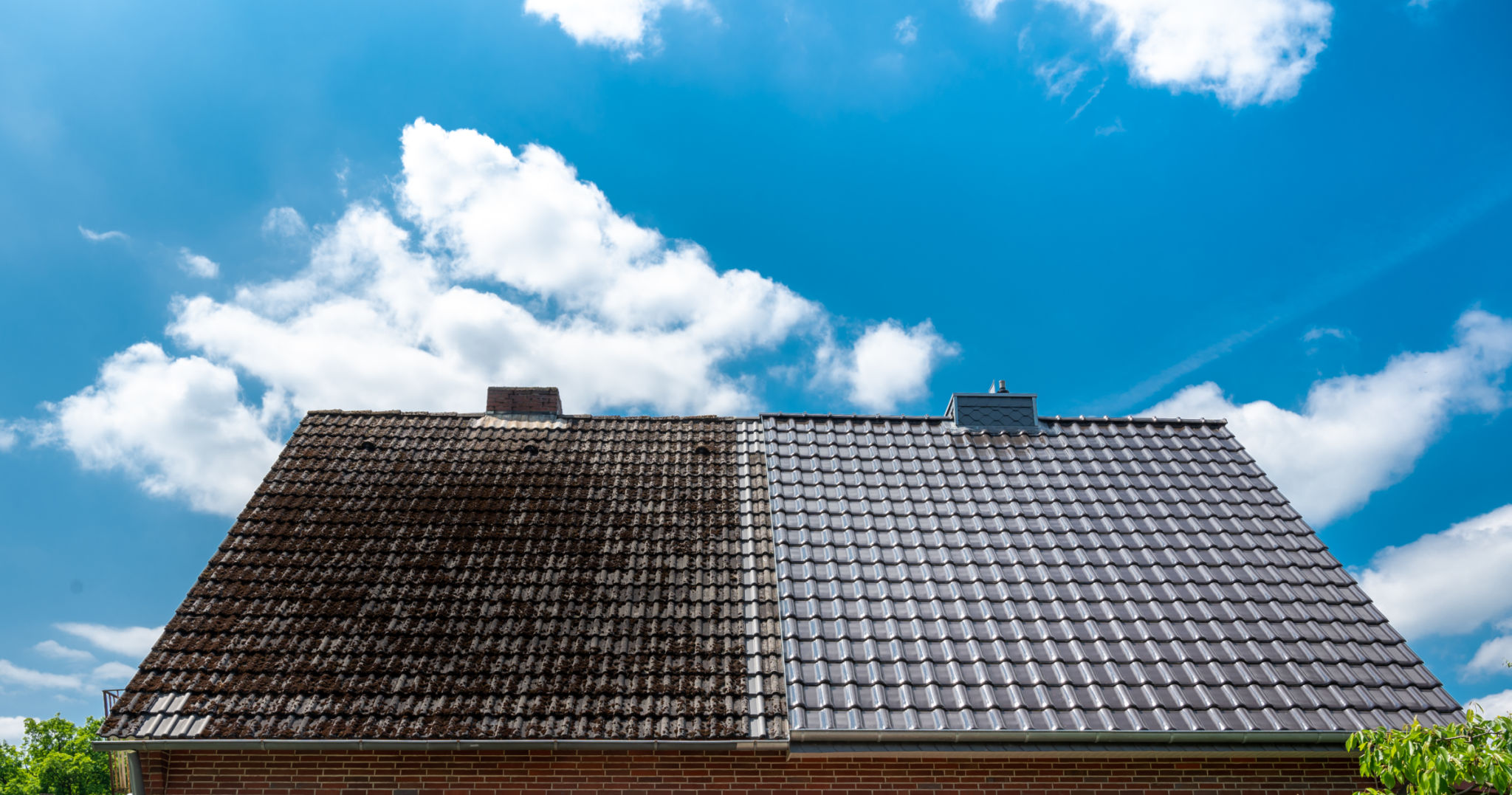Common Roof Painting Mistakes and How to Avoid Them
Introduction to Roof Painting
Painting a roof can be an excellent way to enhance your home's aesthetic appeal and extend the lifespan of your roofing materials. However, while it might seem like a straightforward task, there are several common mistakes that homeowners and even some professionals make. Recognizing these pitfalls and learning how to avoid them can ensure a smooth, durable finish that stands the test of time.

Choosing the Wrong Paint
One of the most frequent mistakes in roof painting is selecting the wrong type of paint. Not all paints are created equal, and using the incorrect one can lead to poor adhesion, fading, and even damage to your roof. It is crucial to choose a paint specifically designed for roofing materials, taking into account factors like UV resistance, weather conditions, and the type of roof you have.
How to Avoid This Mistake
Before purchasing paint, consult with a roofing expert or a professional at your local hardware store. They can recommend products that are compatible with your roof material and suited to your local climate. Additionally, ensure that the paint you choose has adequate UV protection and is formulated for outdoor use.
Inadequate Surface Preparation
Skipping or rushing through surface preparation is another common error that can compromise the outcome of your roof painting project. Dirt, debris, and old paint can prevent new paint from adhering properly, leading to peeling and uneven coverage.

Steps for Proper Preparation
Proper surface preparation involves several key steps:
- Cleaning: Thoroughly clean the roof to remove any dust, dirt, and loose debris.
- Repairing: Address any repairs needed on the roof's surface before painting.
- Sanding: Sand the surface if necessary to ensure a smooth finish.
- Priming: Apply a suitable primer to help the paint adhere better and last longer.
Poor Timing
Timing is crucial when it comes to roof painting. Painting during extreme temperatures or in adverse weather conditions can lead to poor drying and curing, ultimately impacting the durability of the paint job.

Choosing the Right Time
Avoid painting during very hot or cold weather, as these conditions can affect how the paint sets. Ideally, pick a period when the weather is mild and dry. Check the weather forecast for rain or high humidity, and choose a stretch of days with favorable conditions to complete your project.
Ignoring Safety Precautions
Roof painting can be dangerous if proper safety measures are not observed. Falling from a roof can cause serious injuries, making it essential to prioritize safety throughout the project.
Essential Safety Tips
To ensure your safety while painting a roof, consider these guidelines:
- Use safety harnesses and ropes when working on steep or high roofs.
- Wear appropriate footwear with good grip to prevent slipping.
- If possible, use scaffolding or a stable ladder for access.
- Avoid working alone; having someone else around can be helpful in case of emergencies.
Conclusion
Avoiding these common mistakes can make a significant difference in the quality and longevity of your roof painting project. By selecting the right materials, preparing surfaces adequately, timing your project correctly, and adhering to safety protocols, you can achieve a beautiful and enduring finish that enhances both the appearance and protection of your home.
